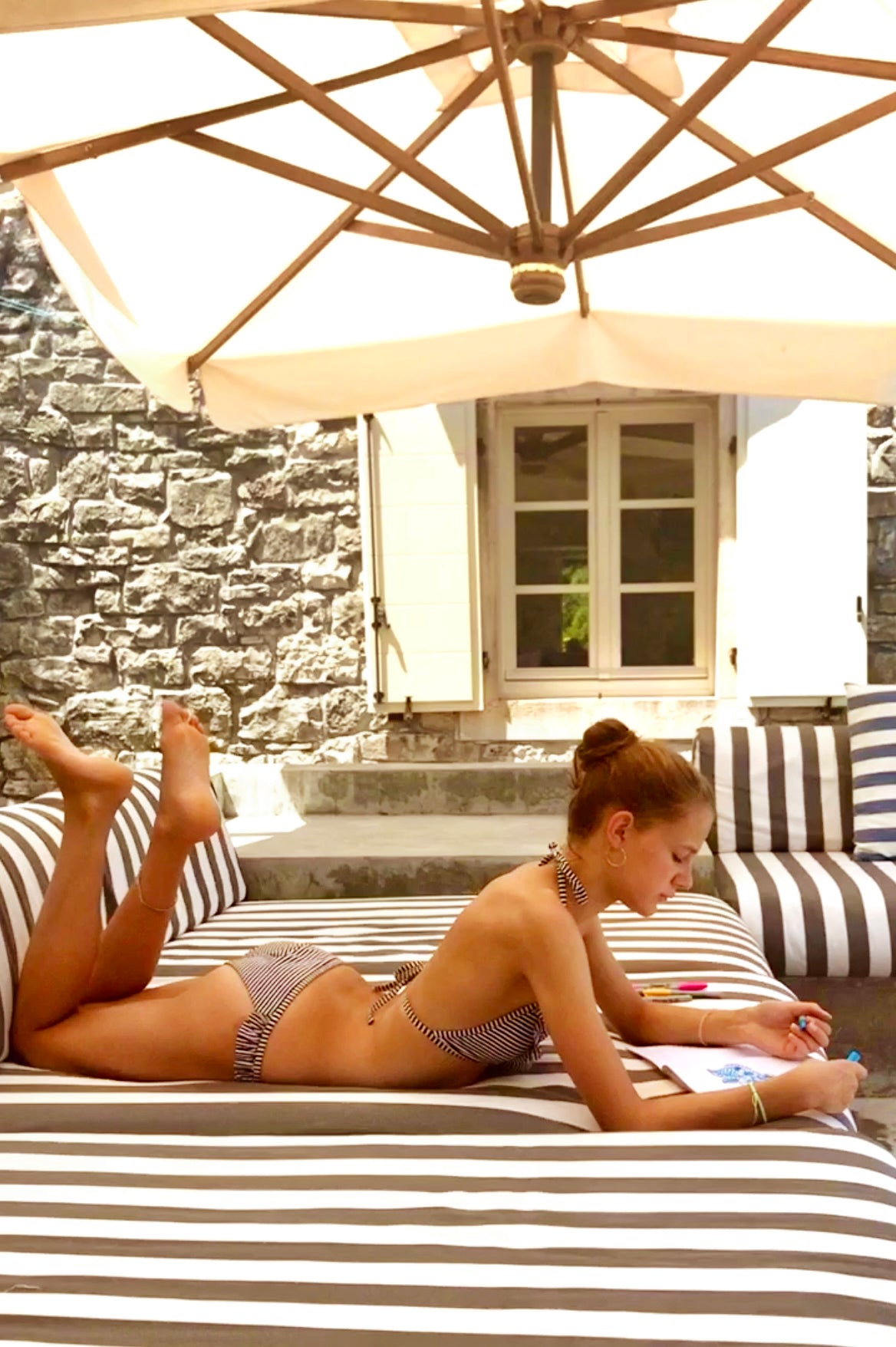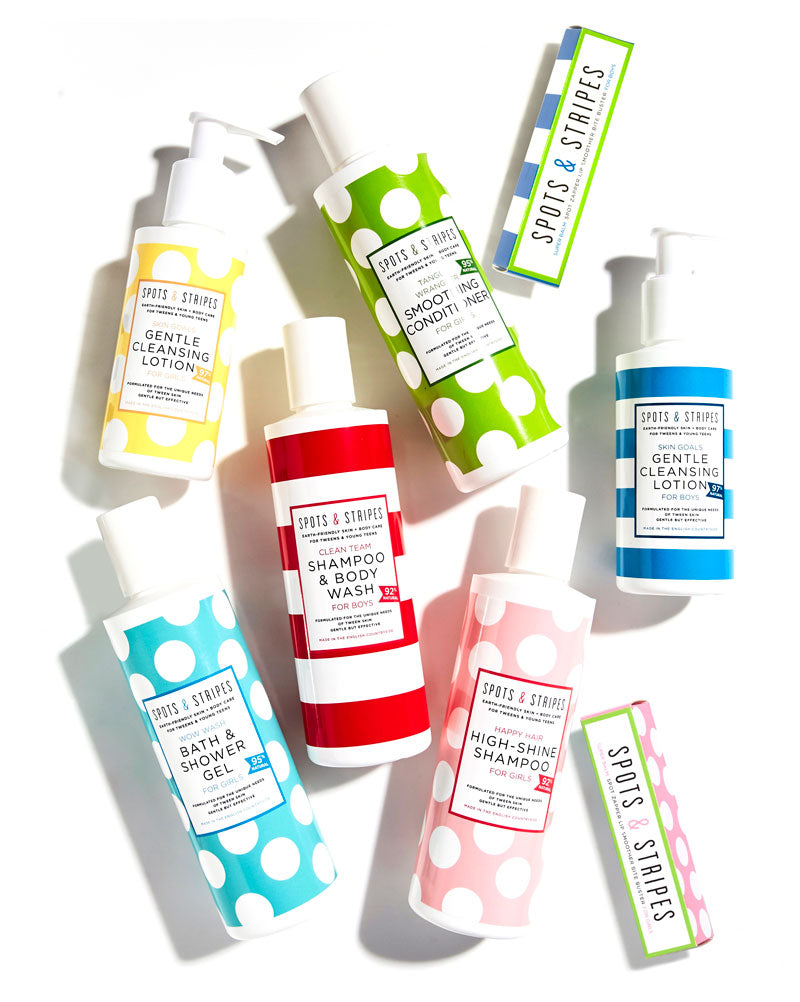There’s no doubt that sunshine makes us feel GOOD! When our body is exposed to the sun, it releases a hormone called serotonin that boosts our mood, helps us focus and makes us feel calmer. Sunlight on your skin also helps your body make Vitamin D – crucially important for bone and muscle health, as well as playing a role in protecting us from infection and heart disease.
But unprotected exposure to the sun and it’s UV (ultraviolet) rays can cause damage to the skin, eyes and immune system. And long term, it can also cause skin cancer and premature aging. Yikes!
HOW CAN YOU PROTECT YOURSELF AGAINST THE SUN’S UV RAYS, BUT STILL BENEFIT FROM ITS UPSIDE?
Your first line of defence is limiting your exposure. Stay out of the sun when it’s at its strongest – normally between the hours of 11am and 3pm. And if you have to be out, cover up with long sleeved tops, hats and shades. Your other defence? Sunscreen.
Broad spectrum sunscreens – ones that protect you from both UVA and UVB rays – lower your overall sun exposure and have been shown to reduce the risk of skin cancer and sun damage. Here’s how:
1.PROTECTS THE SKIN FROM HARMFUL UV RAYS
The most obvious benefit of sunscreen is that it protects you from sunburn. Even the mildest sunburn can have damaging effects, so sunscreen uses ingredients that minimise the penetration of UV rays into the skin. These ingredients can by physical blocks – like titanium dioxide or zinc oxide – which sit on the surface of your skin and act like a shield or mirrors, reflecting the UV rays away. Or chemical blocks, which form a film that absorbs UV radiation before it gets into the skin.
WHAT’S THE DIFFERENCE BETWEEN UVA AND UVB RAYS?
Ultraviolet A (UVA) rays make the skin tan; ultraviolet B (UVB) rays cause skin to burn. But don’t be fooled into thinking a tan is healthier. Both sunburn and suntans are signs that the skin has been damaged by the sun. And while UVB used to get all of the blame for causing skin cancer, new research shows UVA is equally damaging – plus there’s more of them and they can penetrate deeper into skin cells.
2. REDUCES THE RISK OF SKIN CANCER
According to the Skin Cancer Foundation, daily use of sunscreen with an SPF 15 or higher reduces your risk of developing skin cancers like Melanoma or Squamous Cell Carcinoma by 40%. It also reduces the likelihood of developing sunspots (which as well as being less than great looking can develop into skin cancers). Important: the protection SPF provides will vary, depending on your skin type, what you’re doing and how often you’re in the sun.
3. PREVENTS PREMATURE AGING
When UV light hits unprotected skin, it causes DNA changes in the skin cells that can result in wrinkles, fine lines, dryness and pigmentation. And unlike sunburn, the damage isn’t obvious straight way – it appears years after and is often irreversible. The good news: studies show that when people under the age of 55 use sunscreen regularly, they have 24% less chance of developing these signs of aging than people who don’t use sunscreen, or use it occasionally.
4. KEEPS YOUR IMMUNE SYSTEM TIP-TOP
Researchers are now warning that too much sun can suppress our immune systems, killing the cells that are the body’s first line of defence against infections and chemical toxins and aggravating problems like herpes and yeast infections. Using sunscreen daily reduces this suppression allowing our immune system to function properly.
5. PROMOTES OVERALL SKIN HEALTH
Sunscreen protects important skin proteins like collagen, keratin and elastin. All three are damaged by UV light when skin is left unprotected. But all three are vital for how your skin looks and functions: keeping it smooth, strong and elastic.
WHY TEENS AND TWEENS SHOULD WEAR SUNSCREEN EVERY DAY
Young and sensitive skin is particularly vulnerable to the sun’s damaging effects. Children who get five blistering sunburns before the age of 20 raise their risk of developing melanoma by 80% according to one US university study. And when you know that about 23% of lifetime UV exposure occurs before the age of 18 – mainly because children spend so much time out of doors at school – it’s time for your teens/teens to realise that sunscreen isn’t just for summer holidays.
Because harmful UV rays are present year-round and sun damage is cumulative, the sooner they start making sunscreen part of their daily skincare routine the better. As well as reducing their chances of developing skin cancers it will help protect their youthful collagen levels, too. And reduce the pigmentation that teen hormonal changes can cause.
THE BEST WAY TO MAKE SURE TEENS/TWEENS WEAR SUNSCREEN DAILY?
- Teach them to apply sunscreen after their morning skincare routine. The correct amount is from your finger tip to your first finger joint x 2.
- Remind them to apply it to their ears and neck, too.
- Give them their own supply to take with them to school, the park, matches, the beach.
- And make sure it’s a lotion or cream formula – dermatologists agree that they’re more likely to apply enough of this formulation versus lightweight sprays that easily miss bits.
- Remember that they hate anything that feels sticky or looks white and won’t wear it if it makes them spotty. So look for ‘non-comedogenic’ physical blocks that disappear into the skin, without blocking pores.




